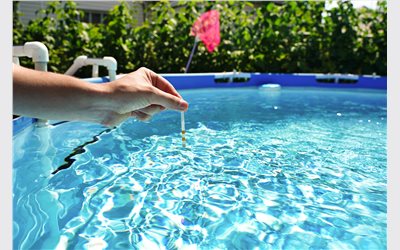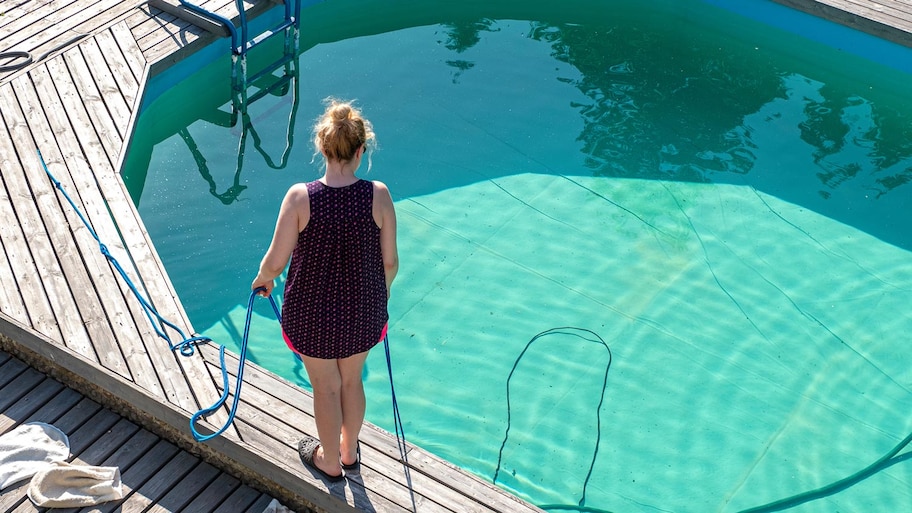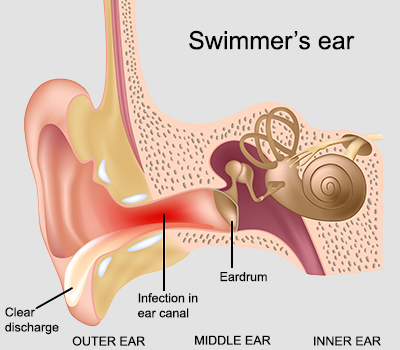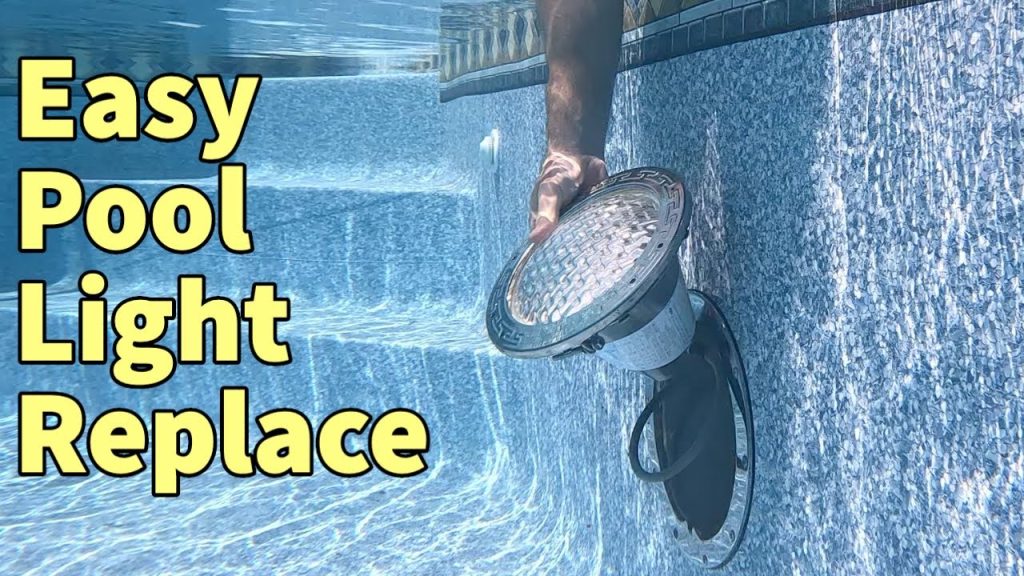To increase swimming pool pH, you need to add specific chemicals. Typically, you will use soda ash or baking soda.
Maintaining the right pH balance is crucial for a clean and safe swimming pool. A low pH can cause skin irritation and damage pool equipment. Conversely, a high pH can lead to cloudy water and reduce the effectiveness of chlorine.
Understanding how to adjust your pool’s pH ensures a pleasant swimming experience. In this guide, we’ll explore simple steps to raise your pool’s pH. You’ll learn what products to use and how to apply them correctly. Whether you’re a new pool owner or need a refresher, this information is essential. Let’s dive in!
Importance Of Ph Balance
Maintaining the right pH balance in your swimming pool is essential. It ensures a safe and enjoyable swimming experience. The pH level measures how acidic or alkaline the water is. The ideal pH range for pool water is between 7.2 and 7.8. This range is slightly alkaline and is comfortable for swimmers. An imbalanced pH can cause various issues, affecting both swimmers and the pool itself.
Impact On Swimmers
A balanced pH level is crucial for swimmer comfort and safety. If the pH is too low, the water becomes acidic. Acidic water can irritate the eyes, skin, and mucous membranes. Swimmers may experience red eyes and itchy skin. On the other hand, if the pH is too high, the water becomes too alkaline. Alkaline water can cause similar irritations and also reduce the effectiveness of chlorine. This can lead to an increase in bacteria and algae in the pool, posing health risks to swimmers.
Effect On Pool Equipment
An imbalanced pH level can also damage pool equipment. Low pH levels can corrode metal parts, such as ladders, handrails, and even the pool pump. This corrosion can lead to costly repairs or replacements. Additionally, acidic water can cause the pool liner to deteriorate over time. High pH levels can cause scale buildup on pool surfaces and equipment. This buildup can clog filters and reduce the efficiency of the pool pump. Regularly checking and adjusting the pH level helps to protect your pool equipment and extend its lifespan.
| pH Level | Effects |
|---|---|
| Too Low | Eye irritation, skin rashes, corrosion of equipment |
| Ideal (7.2 – 7.8) | Comfortable for swimmers, protects equipment |
| Too High | Eye irritation, scale buildup, reduced chlorine effectiveness |
Maintaining the right pH balance in your pool is not just about comfort. It is about health and safety. Regular testing and adjustments ensure a pleasant swimming experience and protect your investment in pool equipment.
Ideal Ph Range
Maintaining the Ideal pH Range of your swimming pool is crucial. This ensures a safe and enjoyable swimming experience. Your pool’s pH level determines the water’s acidity or alkalinity. Keeping it within the ideal range prevents various issues.
Recommended Levels
The recommended pH levels for a swimming pool are between 7.2 and 7.8. This range is slightly alkaline. It matches the pH of human eyes and mucous membranes. A pH within this range helps maintain pool equipment and swimmer comfort.
| pH Level | Status |
|---|---|
| Below 7.2 | Too Acidic |
| 7.2 – 7.8 | Ideal |
| Above 7.8 | Too Alkaline |
Consequences Of Imbalance
An imbalanced pH level can cause various problems. If the pH is too low (acidic), the water can cause skin and eye irritation. It can also corrode pool equipment and surfaces.
If the pH is too high (alkaline), it can reduce the effectiveness of chlorine. This leads to cloudy water and algae growth. It can also cause scaling on pool surfaces and equipment.
- Low pH: Skin and eye irritation, corrosion.
- High pH: Reduced chlorine effectiveness, cloudy water, scaling.
Regular testing and adjustment are necessary. This ensures your pool stays within the ideal pH range. Use pH increasers or reducers as needed. This keeps the water safe and clear for everyone.
Testing Pool Ph
Maintaining the proper pH level in your swimming pool is essential for water quality and swimmer comfort. Testing the pool pH regularly ensures that the water remains balanced, safe, and enjoyable. This section covers the types of test kits available and how to use them effectively.
Types Of Test Kits
There are various types of test kits available to measure pool pH. Each has its own advantages:
- Test Strips: Easy to use and quick results.
- Liquid Test Kits: More accurate than test strips.
- Digital Testers: Highly accurate and reusable.
| Test Kit Type | Accuracy | Ease of Use |
|---|---|---|
| Test Strips | Moderate | High |
| Liquid Test Kits | High | Moderate |
| Digital Testers | Very High | High |
How To Use Test Kits
Using a test kit is simple, but each type requires specific steps:
- Test Strips:
- Dip the strip in the pool water.
- Wait for the color to change.
- Compare the strip to the color chart.
- Liquid Test Kits:
- Fill the test vial with pool water.
- Add the reagent drops to the water.
- Shake the vial and compare the color to the chart.
- Digital Testers:
- Turn on the tester and calibrate if needed.
- Dip the sensor into the pool water.
- Read the pH level on the digital display.
Regularly testing the pool pH ensures the water remains balanced. This prevents issues like skin irritation and equipment damage. Choose the test kit that suits your needs and follow the instructions carefully.

Credit: www.poolmaxx.co
Common Causes Of Low Ph
Understanding the common causes of low pH in your swimming pool is essential. Low pH can lead to various problems, including skin irritation and damage to pool equipment. Here are some of the primary factors that can contribute to low pH levels in your pool.
Environmental Factors
Environmental factors play a significant role in affecting pool pH. Rainwater, for instance, is usually slightly acidic and can lower the pH levels in your pool. Dust and debris from the surrounding environment can also contribute to this issue.
- Rainwater: Contains acids that decrease pool pH.
- Dust and debris: Introduces contaminants that affect water chemistry.
- Temperature changes: Can cause fluctuations in pH levels.
Chemical Imbalances
Another common cause of low pH is chemical imbalances. Adding too much chlorine or other chemicals can disrupt the pool’s pH balance. It’s important to regularly test your pool water to ensure the chemical levels are balanced.
| Cause | Effect |
|---|---|
| Excess chlorine | Lowers pH levels |
| Improper use of pH reducers | Causes pH to drop |
| Lack of alkalinity | Leads to low pH |
Maintaining a balanced chemical environment in your pool is crucial. Regular testing and adjustments can prevent low pH levels and ensure a healthy swimming experience.
Raising Pool Ph
Maintaining the right pH level in your swimming pool is crucial. A balanced pH keeps your pool water clear and comfortable. It also helps to protect your pool equipment. If your pool’s pH is too low, it can cause irritation. It can also damage the pool surfaces. Let’s learn how to raise your pool’s pH using simple methods.
Using Baking Soda
Baking soda is a common household item. It is safe and easy to use in pools. First, test your pool water to know the current pH level. If the pH is too low, you can add baking soda. Start with 1.5 pounds of baking soda for every 10,000 gallons of water. Spread the baking soda evenly across the pool. Wait for at least six hours. Then, retest the water to see if the pH level is balanced. Repeat the process if needed.
Using Soda Ash
Soda ash, or sodium carbonate, is another option. It is more effective for raising pH levels quickly. Test your pool water first to determine the pH level. Add 1 pound of soda ash for every 10,000 gallons of water. Distribute the soda ash around the pool evenly. Allow the water to circulate for a few hours. Retest the pH level to ensure it is in the proper range. Repeat if necessary.

Credit: www.amazon.com
Natural Methods
Maintaining the right pH level in your swimming pool is crucial for clear, healthy water. If your pool’s pH is too low, it can cause discomfort and even damage. Natural methods are effective and environmentally friendly ways to increase the pH level. Below are some natural techniques to consider.
Aeration Techniques
One natural method to increase pool pH is aeration. This involves introducing air into the pool water.
- Turn on pool fountains or waterfalls.
- Use an air compressor or aerator.
- Point pool returns upwards to disturb the water surface.
Aeration increases the pH by releasing carbon dioxide from the water. This method is safe and chemical-free.
Adding Borax
Borax is a natural mineral that can help increase the pool’s pH level. It’s safe for swimmers and the environment.
- Test the current pH level of your pool.
- Calculate the amount of Borax needed. Generally, 20 ounces of Borax per 5,000 gallons of water raises the pH by 0.1.
- Dissolve Borax in a bucket of pool water.
- Slowly pour the solution into the pool, distributing evenly.
- Allow the water to circulate for at least 4 hours.
- Retest the pH level and repeat if necessary.
Adding Borax is a simple and effective way to naturally increase the pool’s pH.
Preventing Ph Fluctuations
Maintaining a stable pH level in your swimming pool is crucial. Fluctuating pH can lead to various issues. These include skin irritation and equipment damage. Preventing pH fluctuations ensures a safe and comfortable swimming environment.
There are effective strategies to keep your pool’s pH level balanced. Regular testing and consistent maintenance are key. By following these practices, you can enjoy crystal clear water all season long.
Regular Testing
Regular testing of your pool water is essential. It helps you monitor the pH levels accurately. Use a reliable test kit or digital meter. Test the water at least twice a week. During heavy usage, test more frequently.
Note the pH level readings. Ideal pH levels range between 7.2 and 7.8. If the pH level is outside this range, take immediate action. Adjustments prevent severe fluctuations. Regular testing helps you stay on top of any changes.
Consistent Maintenance
Consistent maintenance is another crucial factor. Clean your pool regularly. Remove debris and check the filtration system. Ensure the pool’s chemical balance is correct. Balanced chemicals prevent pH fluctuations.
Maintain the correct levels of chlorine and other sanitizers. These chemicals interact with pH levels. Their balance keeps pH stable. Follow a maintenance schedule. Consistency makes a significant difference in preventing pH fluctuations.
Troubleshooting Tips
Maintaining the correct pH level in your swimming pool is essential for safety and comfort. Sometimes, despite your best efforts, the pH level can be stubbornly low. Other times, it might change unexpectedly. Here are some troubleshooting tips to help you handle these situations.
Persistent Low Ph
If the pH level remains low, check the pool’s total alkalinity first. Low alkalinity can cause pH to fluctuate. Use a test kit to measure it. If it’s low, add an alkalinity increaser. Follow the product instructions carefully. Also, test your water source. Sometimes, the source water itself has low pH.
Another factor could be high levels of organic material. Leaves, dirt, and debris can lower pH. Clean your pool regularly. Ensure the filtration system works properly. If you have a lot of swimmers, their sweat and oils can affect pH too. Encourage pre-swim showers to minimize this.
Unexpected Changes
Sudden changes in pH can be frustrating. Start by checking your pool chemicals. Overuse or incorrect use of chemicals can lead to pH changes. Review your chemical routine and adjust if necessary. Temperature changes can also impact pH. Warmer water tends to increase pH levels.
Consider recent weather conditions. Heavy rain can dilute pool chemicals and lower pH. After a storm, test your pool and adjust accordingly. If you’re still facing issues, inspect your pool equipment. Faulty pumps or filters can disrupt water balance. Ensure all equipment is functioning well.

Credit: www.reddit.com
Frequently Asked Questions
What Causes Low Ph In A Swimming Pool?
Low pH in a swimming pool can be caused by rainwater, organic debris, or heavy pool usage. These factors introduce acids or dilute the pool water, lowering the pH levels.
How To Test Swimming Pool Ph Levels?
To test swimming pool pH levels, use a pool test kit or test strips. Follow the instructions provided with the kit or strips for accurate results.
What Are The Dangers Of Low Ph In A Pool?
Low pH in a pool can cause skin and eye irritation, corrosion of pool equipment, and reduced effectiveness of chlorine.
How Often Should Pool Ph Be Checked?
Pool pH should be checked at least twice a week. Regular testing ensures the pH levels remain balanced and safe for swimming.
Conclusion
Raising your pool’s pH level is essential for safe swimming. Always test the water regularly to keep it balanced. Use soda ash or baking soda to increase the pH. Follow the instructions carefully for best results. Maintaining proper pH levels prevents skin irritation and equipment damage.
Keep your pool clean and enjoy a refreshing swim. Regular checks and adjustments ensure a healthy pool environment. Happy swimming!



